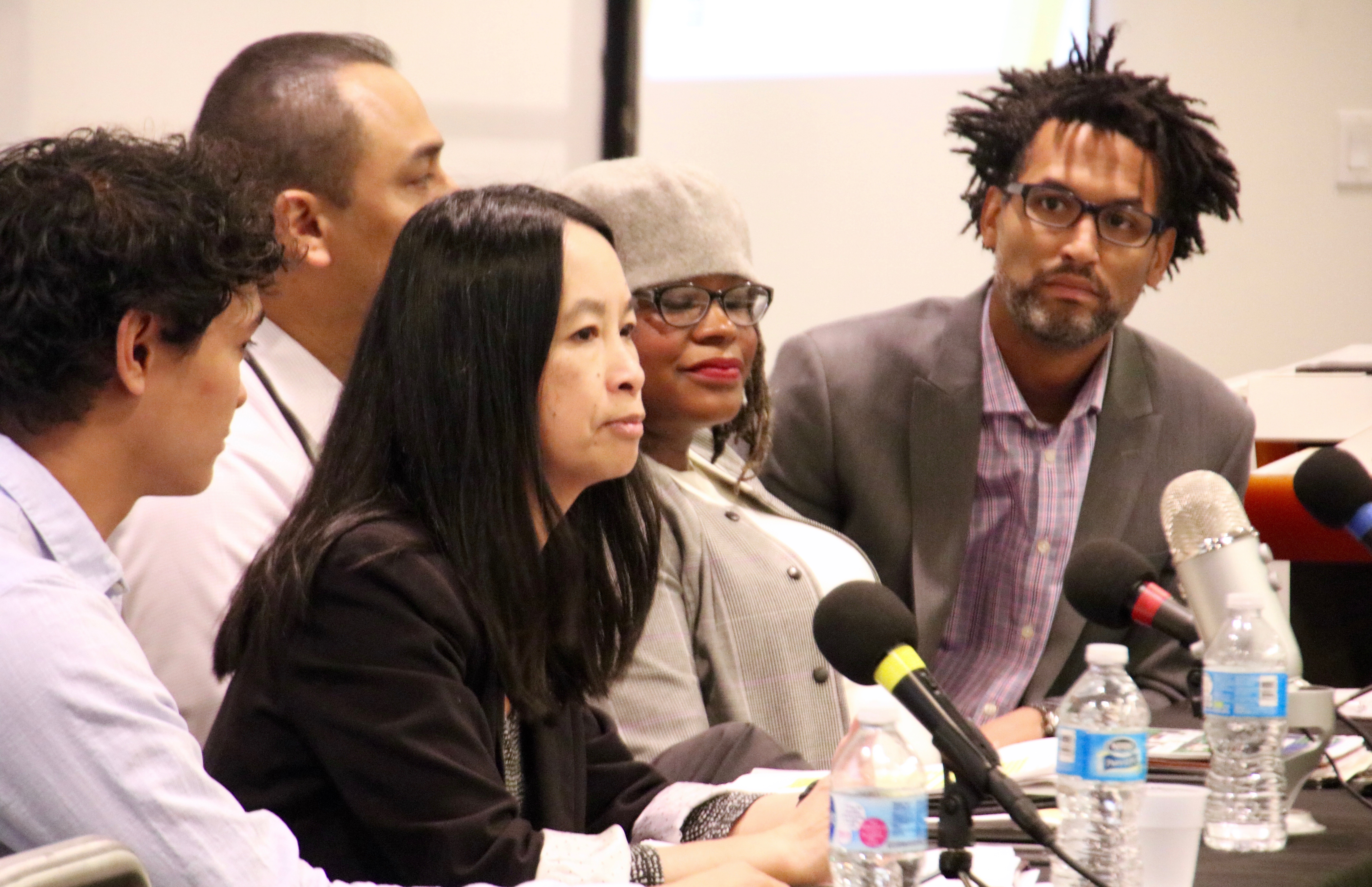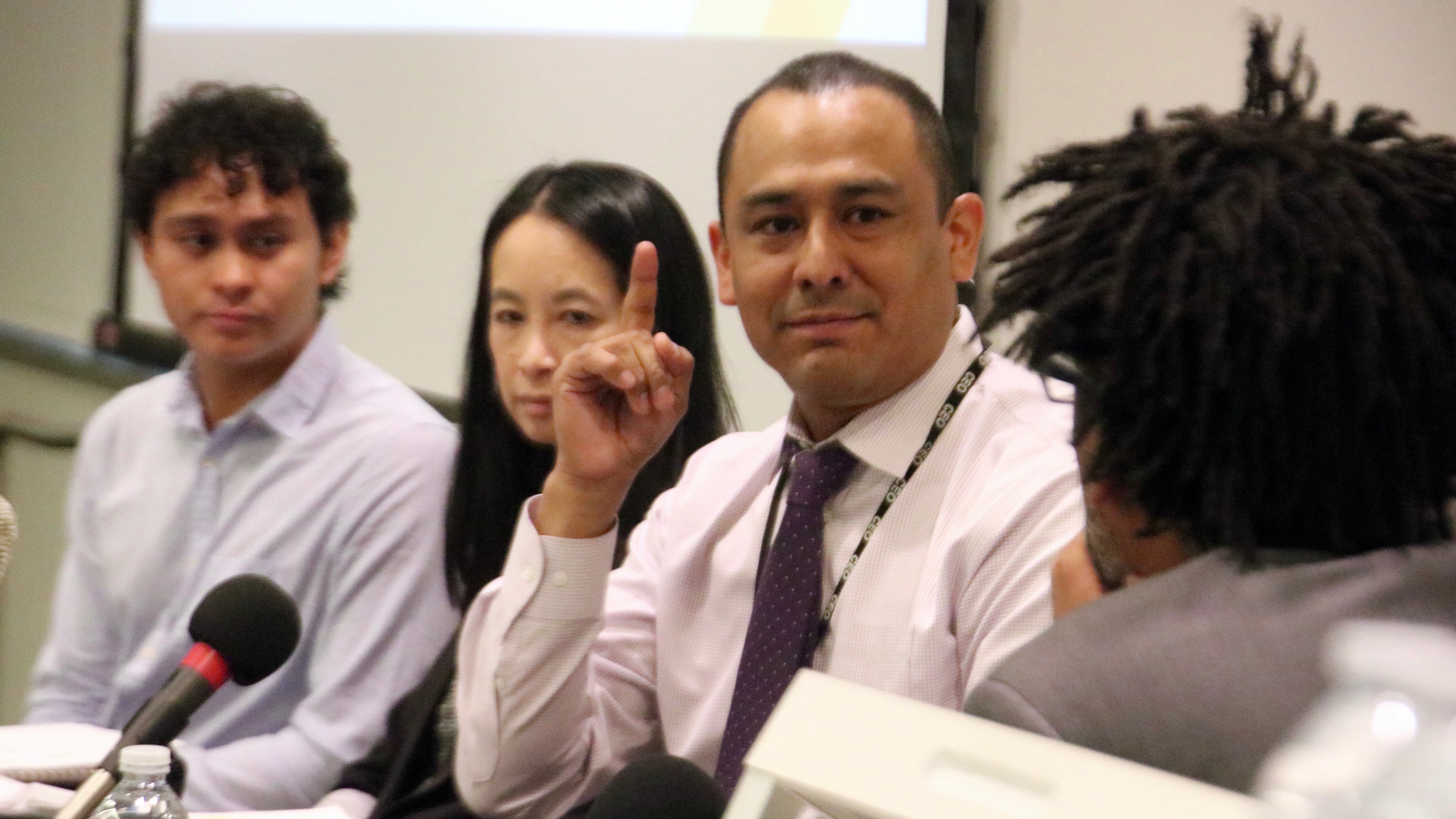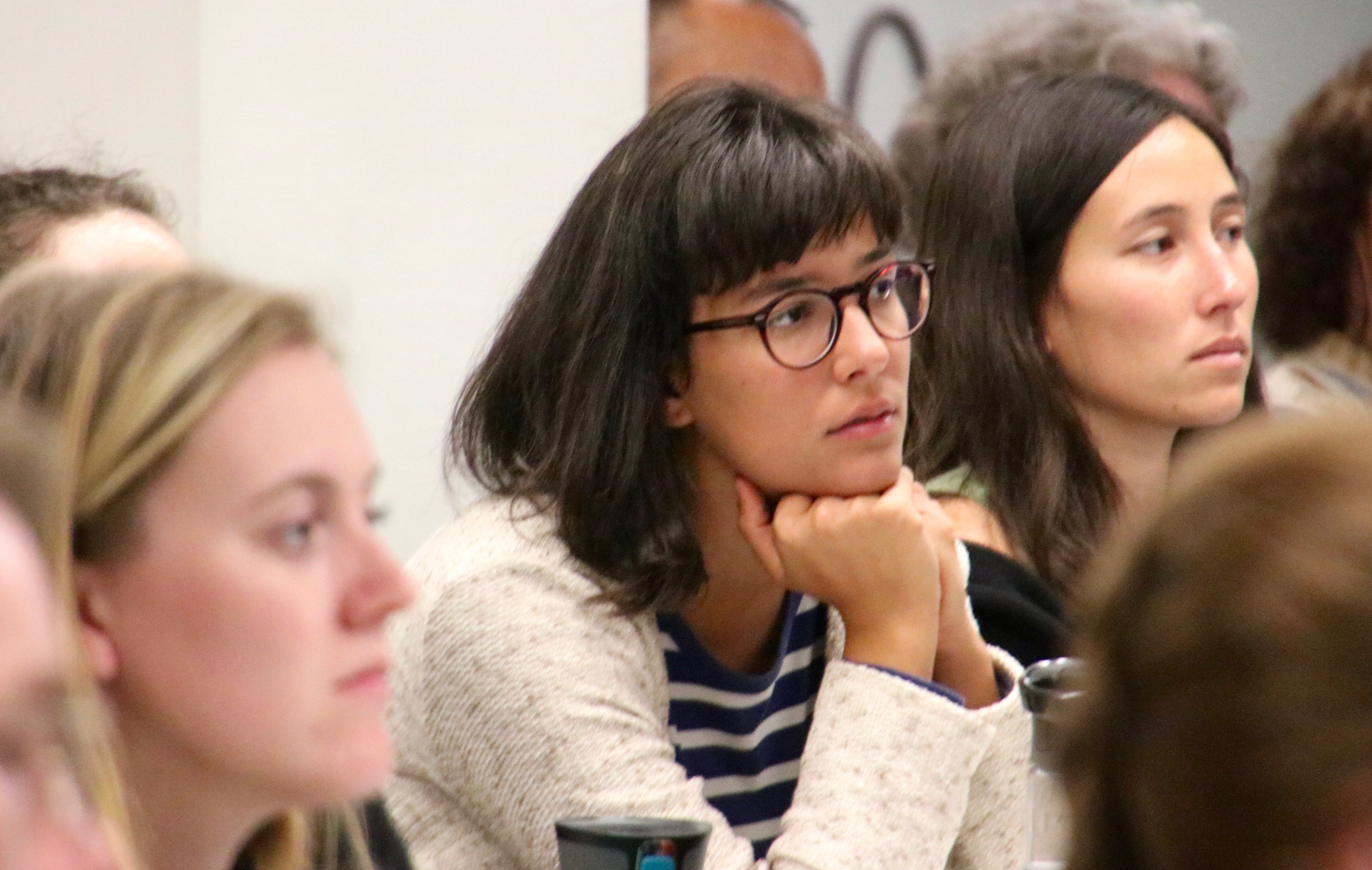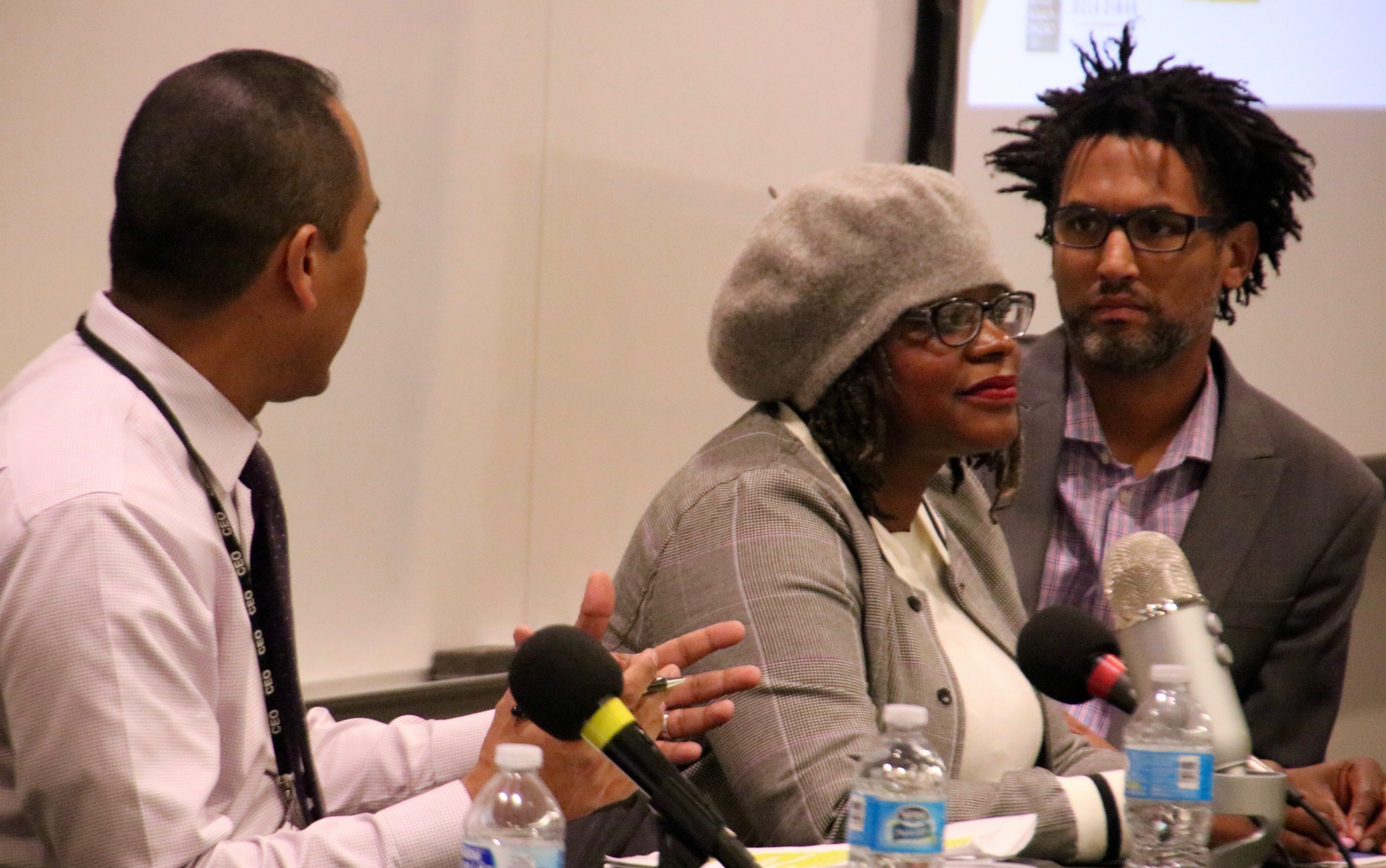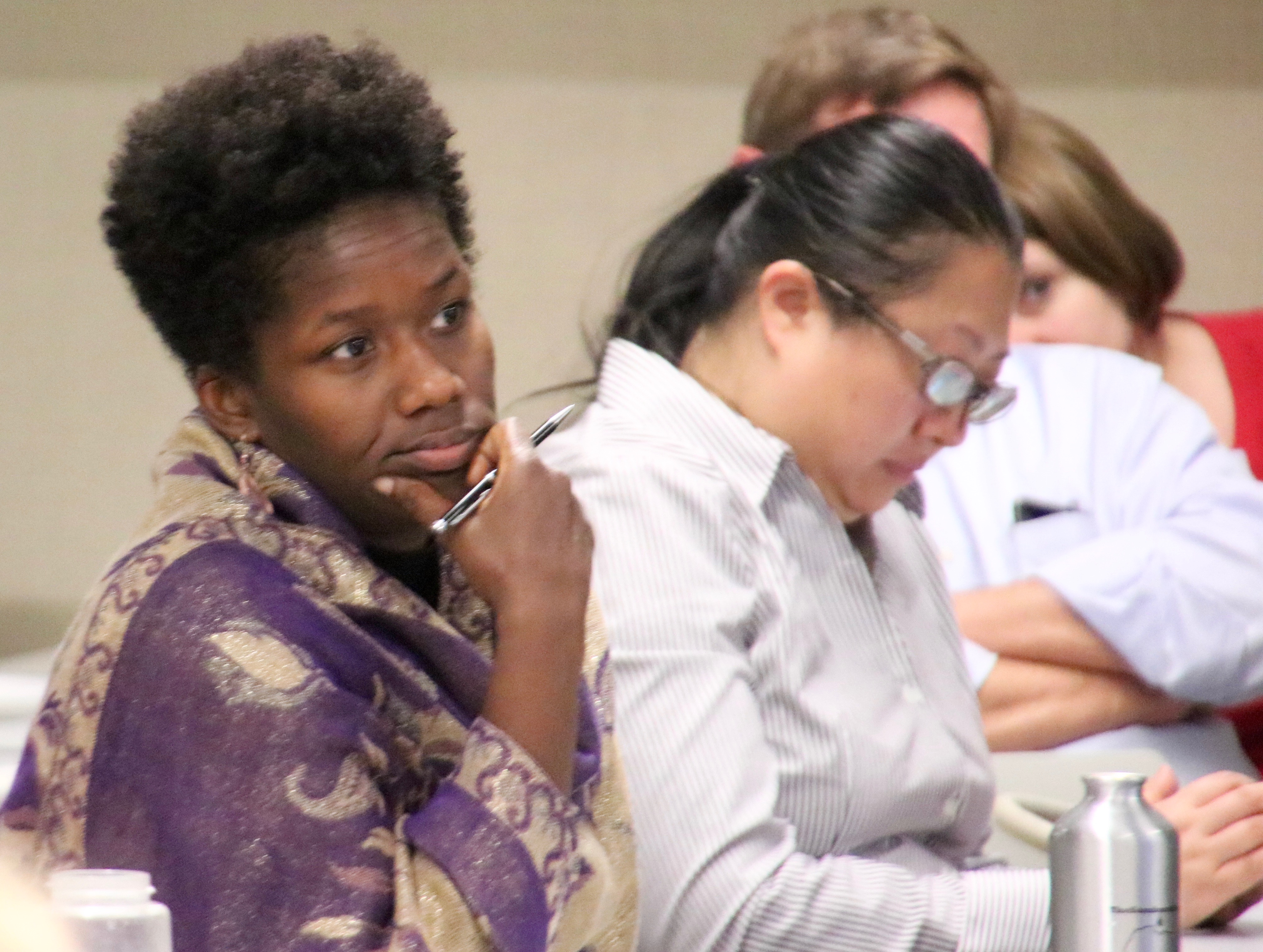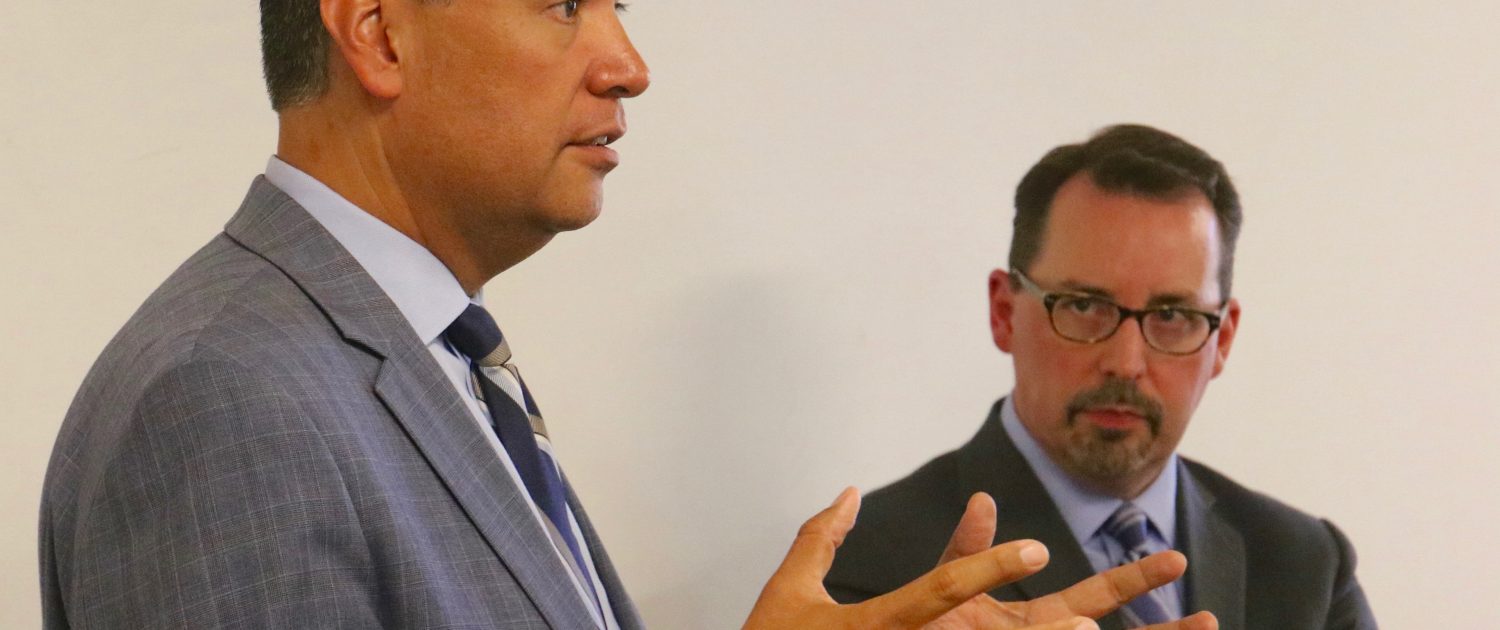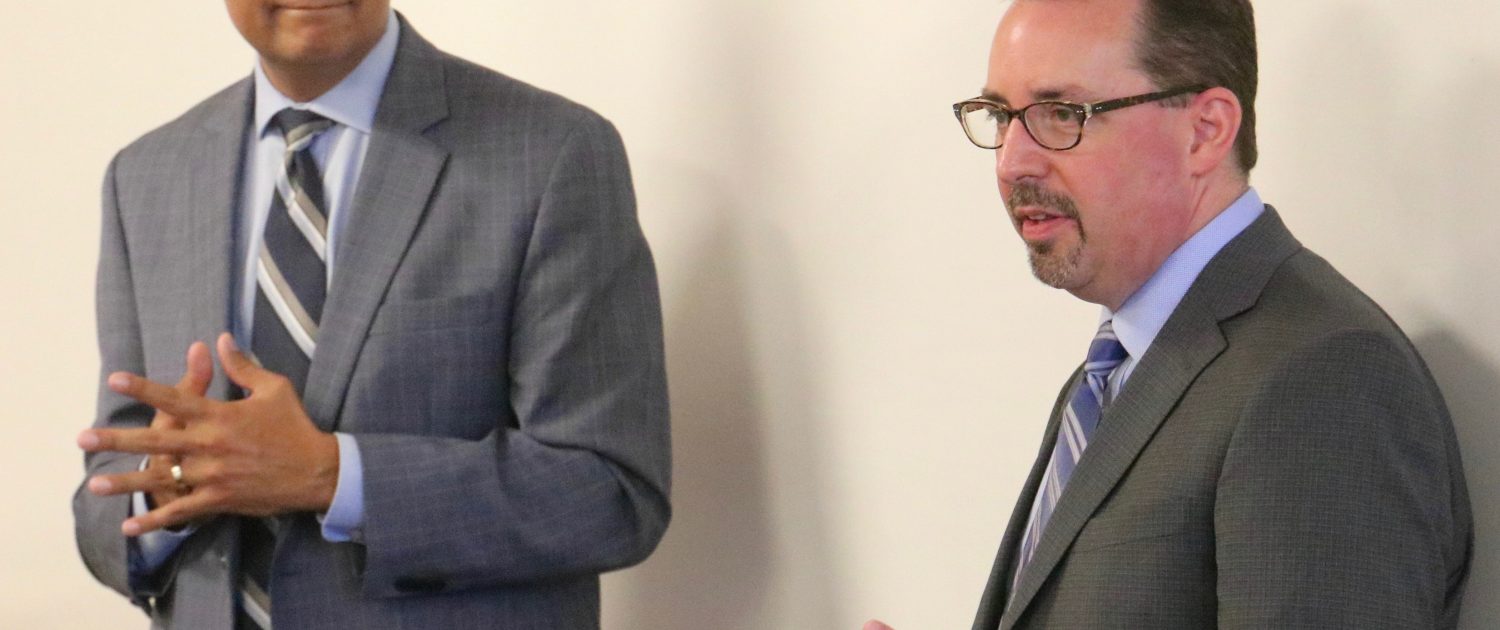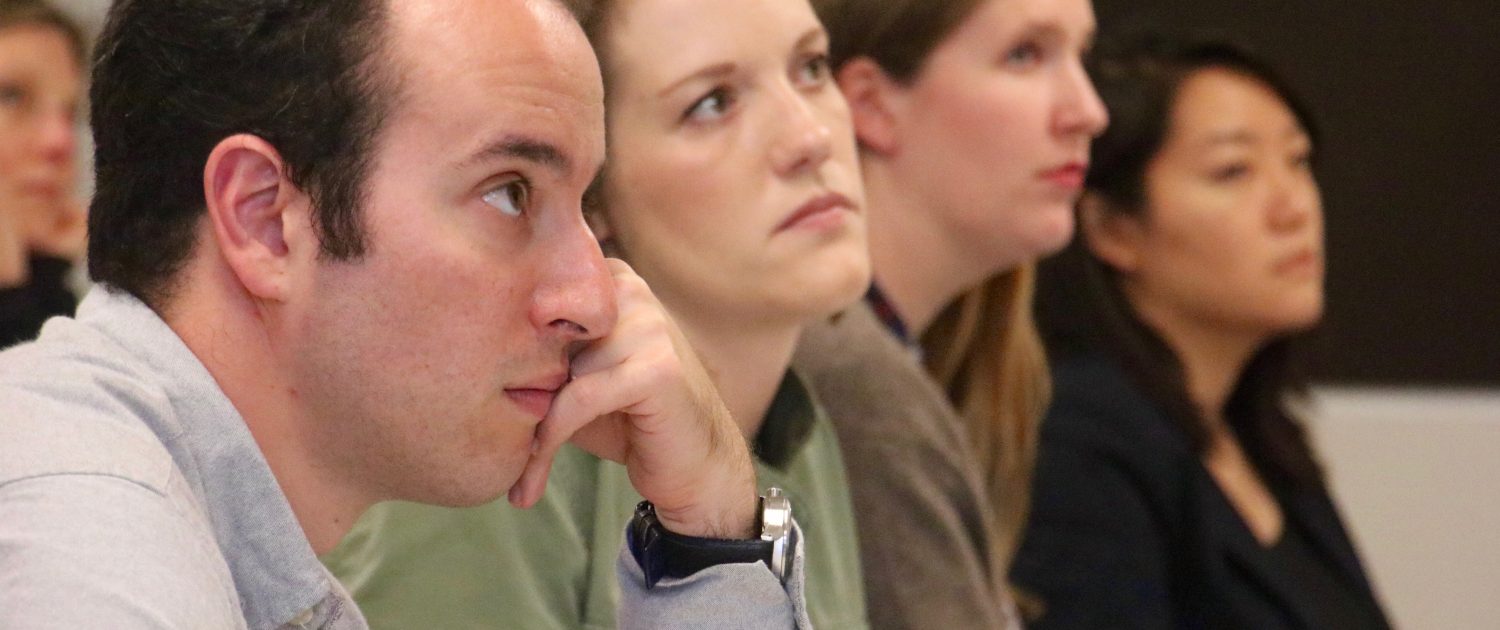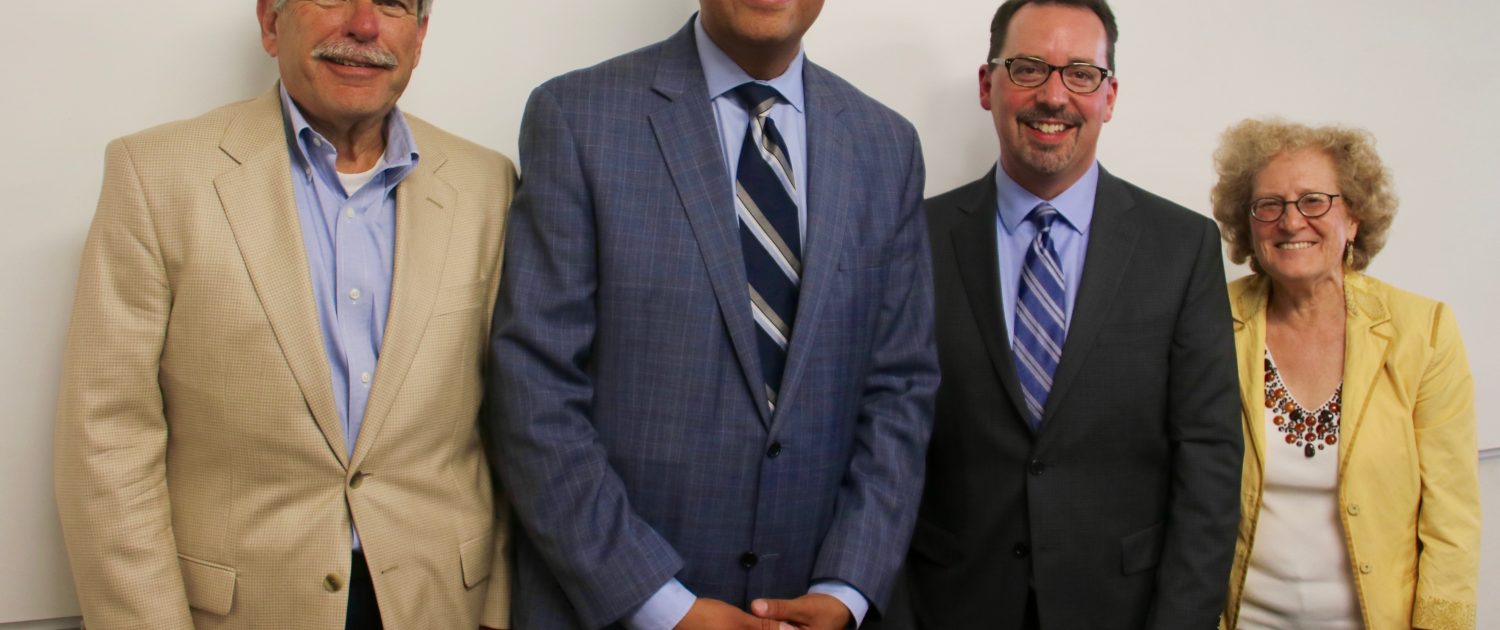A Smart Way to Make a SMART Park New toolkit produced by the Luskin Center for Innovation provides a guide for making parks more user-friendly and sustainable
By George Foulsham
The burgeoning world of smart technology includes everything from phones and televisions to thermostats and voice-activated home assistants. Now, thanks to the Luskin Center for Innovation at the UCLA Luskin School of Public Affairs, you can add neighborhood parks to the “smart” category.
The Luskin Center has just released “SMART Parks: A Toolkit” to highlight how technology can enhance the efficiency of — and more comfortable access to — public spaces.
What makes a park smart?
“A smart park uses technology to achieve equitable access, enhanced health, safety, resilience, water and energy efficiency, and effective operations and maintenance,” said Anastasia Loukaitou-Sideris, professor of urban planning and associate dean at UCLA Luskin, who led a small team of researchers and UCLA students on the SMART Parks project.
The toolkit, which is intended for park managers, designers, landscape architects, advocates and anyone who wishes to learn how technology can be incorporated into parks, is a compilation of technologies that cities and counties can use to make parks smarter.
The 275-page guide is organized by pertinent chapters — activity spaces, digital landscapes, hardscapes, lighting, irrigation, softscapes, stormwater management and urban furniture.
The kit includes a wide range of technologies that can be utilized in parks to provide benefits:
- Interactive play sets that increase park accessibility for children with physical and mental disabilities by providing language, game and noise settings that can be adjusted by park management to meet community needs.
- Path pavement materials that are more comfortable for older adults, making them feel welcome in parks and encouraging them to walk, thus improving their health.
- Energy-generating exercise equipment that charges cellphones while providing users with free access to physical activity.
- Irrigation controllers that conserve water by optimizing watering patterns in each park area depending on microclimate and soil type.
- Soils that improve groundwater infiltration and remove pollutants from stormwater runoff, thus improving local water quality.
- Self-healing concrete that reduces maintenance and replacement needs by preventing and healing cracks in park infrastructure, thus reducing park management costs.
The toolkit also includes guidance on how to navigate the challenges associated with the park management process, such as staff training and cost constraints, and provides an overview of potential funding strategies to help create SMART Parks.
“The toolkit’s aim is to address concerns about park underutilization, high maintenance costs, and water and energy waste by rethinking the neighborhood park so that it becomes ‘smart.’ Parks represent assets for cities, but in an era of limited municipal resources and concerns about energy and water usage, they have also been viewed as liabilities,” Loukaitou-Sideris said.
The researchers emphasize that the toolkit is a starting point for park managers, landscape professionals, local government, nonprofits and interested community members to gain information on technological innovations and their potential benefits for parks.
More research is needed, they add, to ensure that the technologies and their benefits are appropriate for specific parks.
A downloadable copy of the SMART Parks toolkit is now online.
